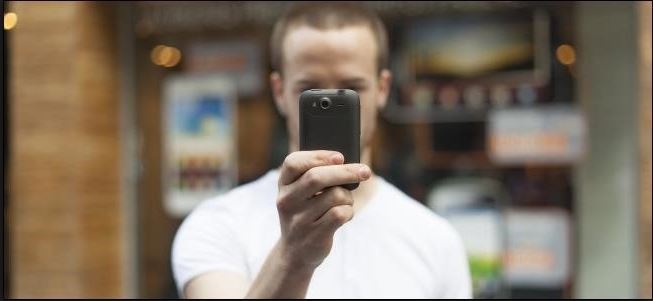Video of terror strikes, kids falling into zoo pits and a woman dousing a baby in buckets of water at a theme park are just a few examples of how high-definition, videographer-controlled digital images are losing out to hand-held devices.
Sure, many reporters have turned to Skype and hand-held devices in a pinch, but most news stations are struggling to remain relevant with high-quality video shot by their staff relevant. Problem is, there are millions of cellphone cameras positioned in every nook and cranny of the world, and there’s, what? Maybe several tens of thousands of news cameras out there?
As public relations practitioners see it, there are both a benefit and drawback to the ubiquitous nature of smart phone cameras. First off, you cannot control what is posted. This strikes fear into many crisis communication managers. Gone are the days of carefully scripted, staged events that give you maximum control of the message and medium. And, when things blow up, literally or figuratively, the images are what drive viewership, no matter how fuzzy or out-of-focus they appear.
There is a benefit to hand-held video for capturing what was previously unrecorded. A brawl at Wal-Mart, for example, launches a 21st century version of rubber-neck syndrome. Seeing horrible, terrifying, or just plain sad video (the three-legged mutt at the dog pound), creates emotional responses in viewers and drives them to a plethora of the social media sites, on which much digital advertising is placed.
Public relations people can see very positive results from cell phone video, too. Video at a public town hall, or an impromptu man-on-the-street interview at a special event, can bring additional positive exposure and hits on social media. What about that special promotion at the new Brazilian steakhouse? A few meat pictures along with a quick post can generate traffic and buzz in social media circles.
Certainly, our journalistic pundits will note that unvetted video can be tricky. Was the event staged? Did the shooter capture what was said in totality and in context? Did the material undergo a heavy-handed Photoshop edit first?
We can, by- and- large, still trust legitimate news stations to be fair and balanced. However, it will need to be seen if we, as a public with a ferocious appetite for the bizarre, tragic and shocking, demand as much from Mad Max as we do from CBS Evening News.

